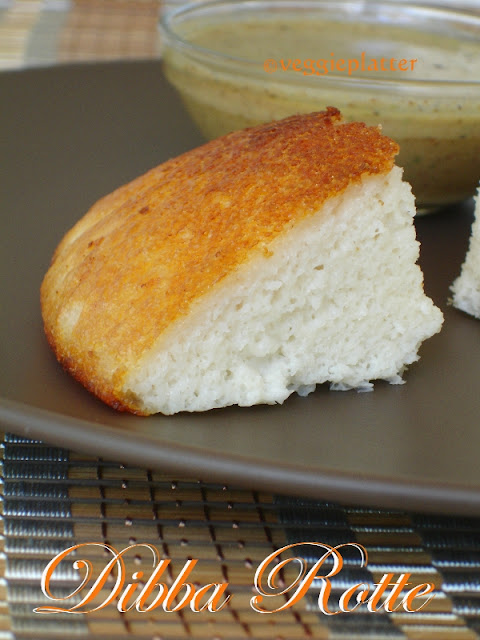Palakoora - Vadiyala Koora

Adding sun dried vadiyalu (vadi) to vegetable or dal preparations is common in some of the regional cuisines of India. Some of them may involve an elaborate preparation like nimona or some may feature the minimalist cooking to bring out the flavors of the ingredients used. Today's recipe is of the latter kind representing traditional Andhra cooking.
The original recipe is a very basic and simple one. It is a spinach - uraddal vadi preparation with a tadka using only mustard seeds, curry leaves and red chillies. If I include the salt and oil, there are only 7 ingredients used in the recipe and that is as minimal as possible considering that it is an Indian recipe and that too a subzi. (There is nothing wrong with the original recipe but) I added some more things to make it extra delicious.
Ingredients for 4 servings:
For tadka: 2-3 tsp oil, 1 tsp mustard seeds, 1 tsp chana dal, 1 tsp cumin seeds, 6 red chillies, few curry leaves, 1/4 tsp turmeric powder
1 cup chopped onion
Spinach *
1/4 - 1/2 cup oil to fry the vadiyalu
1/2 cup minapappu vadiyalu / urad dal vadi
Salt to taste
* I used 1 lb frozen, chopped spinach. That would be about 2 cups when cooked. If using fresh spinach, use an equivalent amount. Wash and chop the leaves finely before using it.

Check here to learn how to prepare minapappu vadiyalu / urad dal vadis.
Other recipes published here using vadis are

























